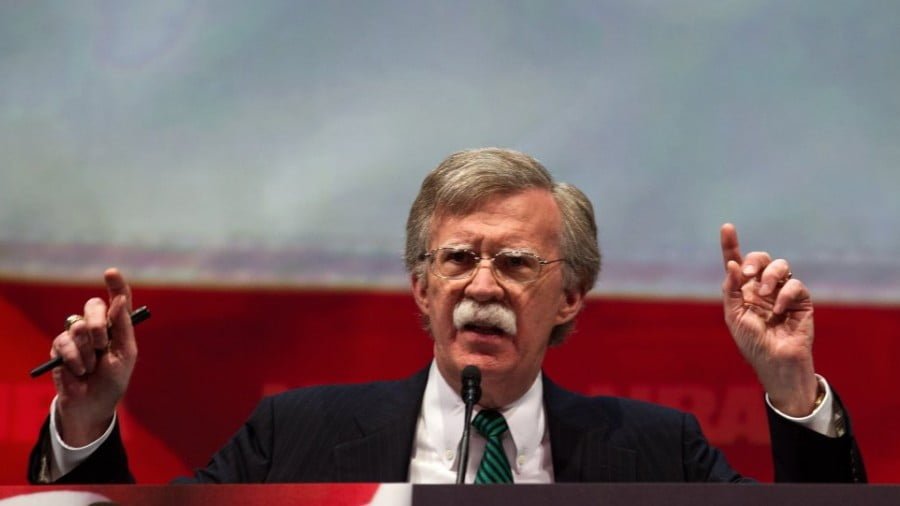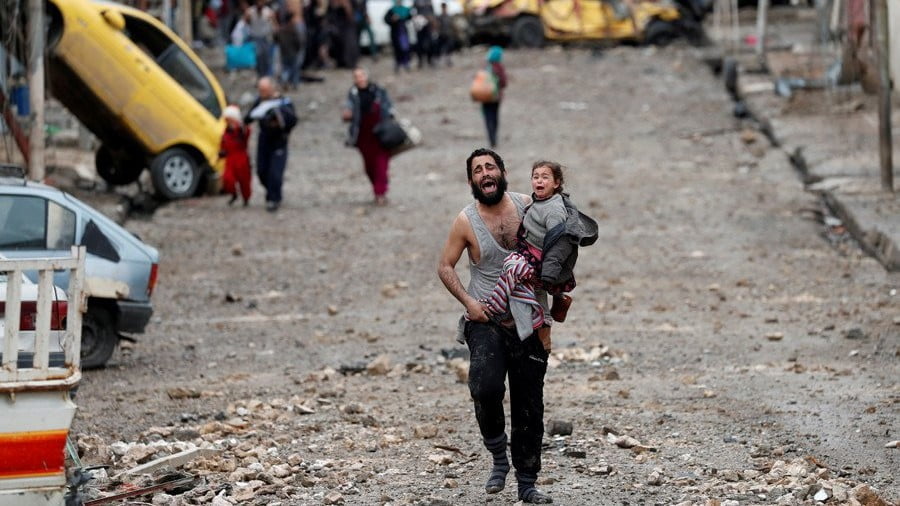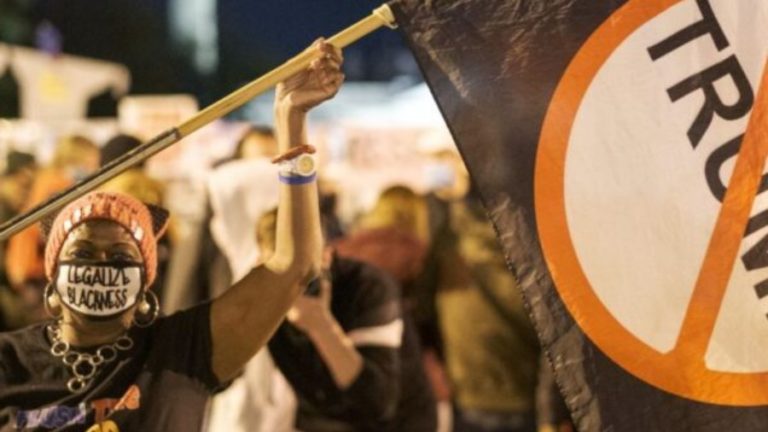Inter-confessional Relations in India and Bangladesh Aggravate amid Taliban’s Victory in Afghanistan
It is no exaggeration to say that the rise of the Taliban (banned in Russia) to power in Afghanistan is one of those events whose significance goes far beyond the borders of this particular country. In particular, it played, perhaps against the wishes of the Taliban themselves, the role of leaven thrown into the dough of the already restless Muslim world, intensifying the fermentation process therein.
Indirectly, let us emphasize this, this factor is undoubtedly present in the motivation behind the subsequent aggravation of the Kashmir problem observed in the last few weeks. Though the condition it was in four months ago remained complex, it was not so dangerous as to attract the urgent attention of the Central Government of India.
No unexpected worries were generated by Indian Prime Minister Narendra Modi’s meeting with the leaders of the main parties of the Jammu and Kashmir (union territory), held in Delhi back on June 24. It took place a month and a half before the second anniversary of a landmark piece of legislation passed by the Indian parliament, under which Jammu and Kashmir were to lose their unique status as enshrined in the national Constitution – the state was to be divided into two separate administrative units with a lower status “Union Territories.”
The central government that initiated this act was undoubtedly aware of the seriousness of the possible consequences. It was reflected by the government moving additional security forces into the Kashmir valley on the eve of its adoption, the sharp restriction of local population’s civil activity, and the detention of Former J&K Chief Minister Dr Farooq Abdullah (by then 82-year-old) and his son Omar.
And yet, in the next two years, the political-medical definition of sustainable-complex would be appropriate to describe the overall situation in today’s Jammu and Kashmir (union territory). This was demonstrated by expeditions of representatives of Embassies of countries that were very concerned about the human rights issue but generally friendly towards India.
Again, the aforementioned meeting between the country’s Prime Minister and Kashmiri political leaders was ordinary and did not foreshadow much trouble for the Central Government. The same father and son Abdullah and another former Chief Minister of Jammu and Kashmir, Mehbooba Mufti, stood out among these leaders. She sharply criticized the outcome of the last meeting with the country’s Prime Minister, stating that Kashmir’s special status within India should be returned. Nevertheless, until recently, the disagreement between the parties had been within the legal framework.
However, as late as the end of August, there were signals from wthe territories of both Kashmir and “liberated” Afghanistan that should have alerted the Central Government of India. First, the same M. Mufti during a public event, referring to the fact of the US defeat in Afghanistan, suggested that Delhi should not test the patience of Kashmiris. A week later, al-Qaida (a terrorist group banned in Russia), which at first was effectively legalized in Afghanistan, called for the “liberation” of Kashmir and other so-called Islamic lands from the “clutches of the enemies of Islam.”
Once again, note that this message did not come from the Taliban, intended to integrate into the world community. For they now need to deal with the catastrophic problems of the country they have taken charge of. It’s not like ambushing infidels. Radical Islamist groups, previously regarded with suspicion by the Taliban, are now simply a rock on their feet. Let’s recall that an uncompromising infighting among different groups of “revolutionaries” who have (seemingly) achieved a common goal is quite commonplace in history.
As for the Taliban government, it has made it clear that it intends to continue the course of its deposed predecessors in terms of fully developing relations with India. For entirely understandable objective reasons, discussed more than once in NEO.
Incidentally, the often descriptions of the current Afghan Taliban as little more than a branch of the all-powerful Pakistani ISI (Inter-Services Intelligence) are a clear exaggeration. The fact that the ISI was at the origins of the Taliban and significantly shaped its leadership and that the Pakistani Air Force was (possibly) involved in suppressing the Panjsher Valley uprising means almost nothing in the author’s view about the future foreign policy of the Taliban government, The objective reason is the same.
Anyway, with regard to the dramatic aggravation of the situation in Kashmir in late September, the impact of the Afghan factor is hardly beyond the nominal moral framework. Less obvious is the response to the question about Pakistan-based Islamist groups’ involvement in these events.
But there is no doubt that there is enough internal motive for the recent violence in Kashmir. Moreover, this violence has developed a feature relating to terrorist attacks on incoming Hindus from other regions of India, which should alert the Central Government. This was followed by the expected reaction in the “Hindu” states (e.g., Bihar), from where the “guests” came to Kashmir.
The widening of the inter-confessional fissure is the last thing India wants in its domestic political situation, which has been exacerbated recently for many equally complex reasons. The migration, as mentioned earlier, was restricted by the same constitutional provisions stated in Article 370, which ensured the preservation of the Muslim image of Kashmir. It was on these terms that it became part of India in the 1950s. In general, repealing this article is a textbook “simple solution to highly complex problems” through understandable administrative measures.
On the one hand, their adoption is a consequence of the ideological and political base of Bharatiya Janata Party, a ruling political party since 2014. Its merits and those of its prime minister, Narendra Modi, in the overall growth of India in recent years are beyond doubt. At the same time, the attempt to streamline the administrative division of the originally complex country can be characterized by the well-known meme of being dizzy with success, with similar effects.
New Delhi is beginning to appreciate the magnitude of the negativity in defending the August 2019 decision, and signals are emerging about the possible restoration (at least partially) of Kashmir’s former status within the Republic of India.
The same Afghan symbolism may have prompted Islamic radicals in India’s neighboring Bangladesh to attack the temple of a Krishna community, in the Chittagong area, on October 16. According to community members, one of them was killed, the temple was defiled, and there was some material damage, which was not the only anti-Hindu act carried out in Bangladesh at this time. In neighboring states of India, retaliation against local Muslims immediately followed. So far, there have been no casualties.
This retaliation is undoubtedly a regrettable development in friendly bilateral relations, driven primarily by the memory of the role played by India (and the USSR) in Bangladesh’s independence from Pakistan in 1971. Currently, these relations are supported in no small measure by personal contacts between the leaders of both countries, Narendra Modi and Sheikh Hasina. Images of the latter were burned in India during said actions staged by members of radical Hindu movements.
Sheikh Hasina issued a statement pointing out “certain circles” seeking to create communal divisions and tarnish the image of Bangladesh. The threat of radicalization of various kinds of near-religious groups in the region is also spoken about in India.
Finally, the author should note that the problem of inter-confessional relations has accompanied entire human history and is present in one way or another in all countries today. In populated places like India and Bangladesh, it is simply the most outwardly visible.
The aggravation of this problem and its transcending national boundaries of individual countries might be signs of the crisis in the ongoing process of transformation of the world order.







